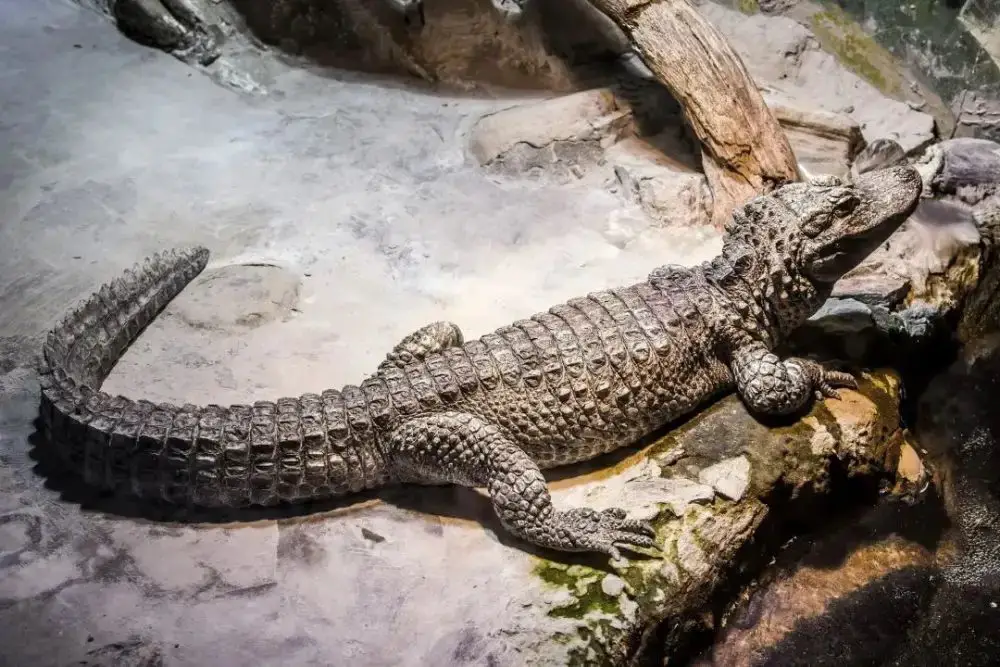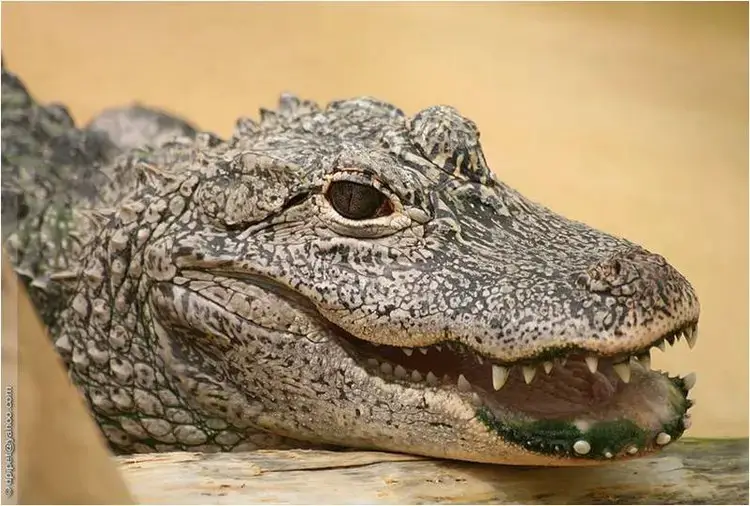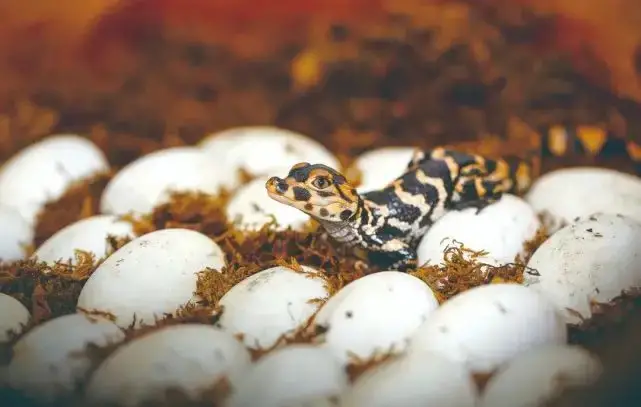The Chinese alligator is one of the two species in the family of Alligatoridae together with the American alligator. The reptile is also called the Yangtze alligator in the Chinese language. You will find it in a dark grey or black, fully armored body. This reptile oozes vigor at a glance.
What is a Chinese Alligator?

This powerful reptile is historically called the muddy dragon and grows up to 7 feet in length and can weigh up to 100 pounds as an adult. This alligator lives in freshwater bodies and is nocturnal in summer. Many writings in ancient China have mentioned this alligator. Marco Polo also mentioned it as the first person to do so outside China. The reptile is smaller than the American alligator and is the only existing wild alligator outside America. This reptile is one of the endangered crocodile species in the world after the Philippine crocodile.
Alligator Symbolize in Chinese Culture?
This powerful reptile is associated with the mythical Chinese Dragon. The Chinese believe that the dragon was inspired by the alligator. This symbolism is supported by ancient Chinese art that depicted the Chinese dragon with similar features to the alligator. Apart from the Chinese dragon, the alligator is associated with good fortunes in finances. The Chinese dragon is associated with royal power. It is also associated with saving people from drowning due to its ability to swim. The docile nature of the Chinese alligator is believed to have inspired the helpful nature of the Chinese dragon.
What does a Chinese alligator look like?

The alligator is either dark grey or black. The entire body of this reptile is fully armored. The typical length of a Chinese alligator ranges from 1.5 to 2.1 meters. It can weigh anywhere between 36 kilograms to 45 kilograms as an adult. The Chinese alligator’s head is more robust than the American alligator’s. You will also notice its tapered sprout that slightly turns up at the end.
Where do Chinese alligators live?
You will find the alligator in fresh water. You will run into one in ponds and wetlands, especially where tropical climate transitions to temperate climates. In other habitats, you will also run into a Chinese alligator at the base of mountains in freshwater ponds. Apart from being in the water, the Chinese alligator loves shrubs and grass. The interference with their habitats has led to the endangerment of this species. The reptile is known to burrow dig during winter and becomes nocturnal in summer. The interference in habitats has forced it to higher grounds with colder temperatures than what is required to thrive. The soil in these higher grounds is unsuitable for burrow digging.
How many Chinese alligators are left?
The Chinese are racing against time to try and save this alligator by breeding them. There are less than 120 Chinese alligators left in the wild. They occupy a total of 1.9 square meters in the whole country. They are mostly concentrated in Jing, Nanling, Wuhu, and Guangde counties. You will rarely see any alligators in Jiangsu and Zhejiang counties.
Chinese alligator size
An adult Chinese alligator, as we had mentioned earlier, can grow up to 2.1 meters long and weigh up to 45 kilograms or 100 pounds. This, compared to the American alligators is a small size. Smaller alligators can be 1.5 meters and weigh as low as 36 kilos. The speedy growth is apparent in its early years and significantly slows down from 5 years. A female Chinese alligator reaches adulthood at four or five years after birth. This early maturity can also be extended to around six to seven years. The early years of maturity do not reduce its lifespan as it can live up to 50 years.
What does the Chinese Alligator eat?

This reptile preys on a variety of animals depending on what’s available. It can be referred to as an opportunistic eater. The Chinese alligator is a carnivore and relies on hunts in the wild and water. The most common prey are fish, insects, crustaceans, and snails. When the opportunity comes knocking, the Chinese alligator can enjoy a hefty meal of rodents and aquatic birds. The dull teeth in this alligator make it easy to consume animals with shells with ease. In a study, it was discovered that the Chinese alligator mostly fed on snails for around 63% of its diet, which was made up of river snails and spiral-shelled snails.
Are Chinese Alligators dangerous?
The Chinese alligator is the tamest among all the Crocodylia species. This reptile poses no threat to humans as it has blunt shell teeth and is only 2 meters long. They will rarely attack you, but fights amongst themselves are common. These docile animals can turn on each other. They are dangerous to each other as they have been known to eat the hatchings of their species.
Why are Chinese Alligators endangered?
The loss of habitats and fragmentation is the leading cause of the endangerment of this reptile species. They are found in temperate and subtropical climates with fresh water. However, encroachment of their habitats and destruction has forced them to move to cooler and higher grounds that are not suitable for them. This has left many dead and on the verge of extinction. Man has contaminated the soil with fertilizers and harsh chemicals, and has led to a scarcity of food resources for these reptiles.
Chinese Alligator vs. American alligator
The most obvious difference between these endangered species is the size. The American is significantly larger than the Chinese. The latter has a lifted sprout that slightly curves. The head is also visibly more robust than its American cousin.
Conclusion
Action has been taken to conserve this precious animal in China. However, more needs to be done in the environment to reduce pollution and promote organic pesticides. Some of the Chinese reptiles are living in captivity as they try to breed them while they should be doing this naturally in the wild. If much more is not done, this animal could be wiped out from the face of the earth.